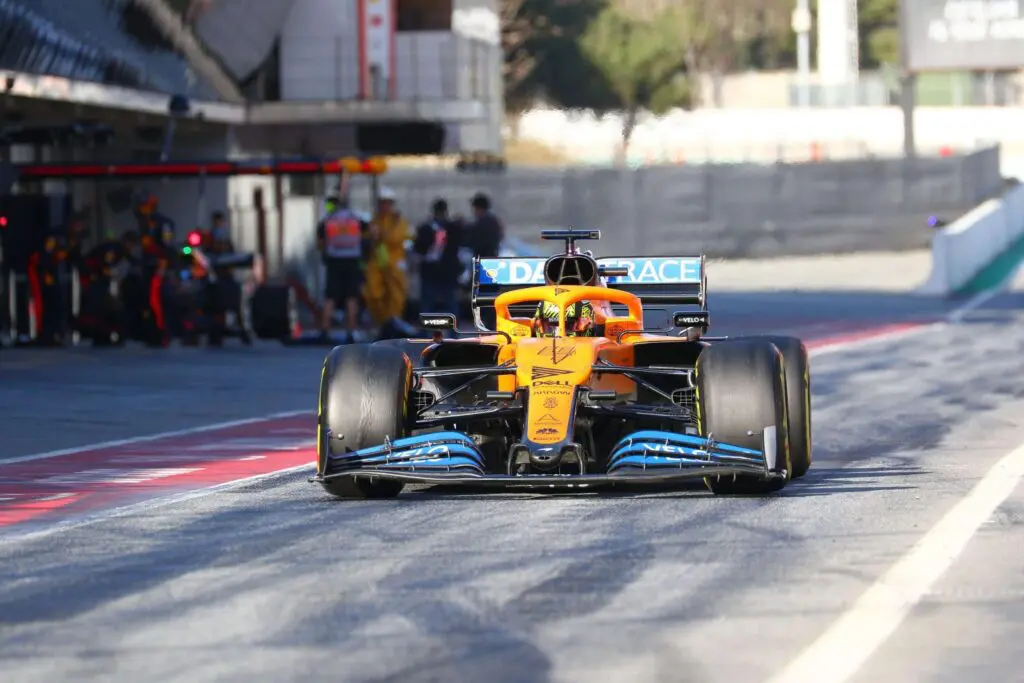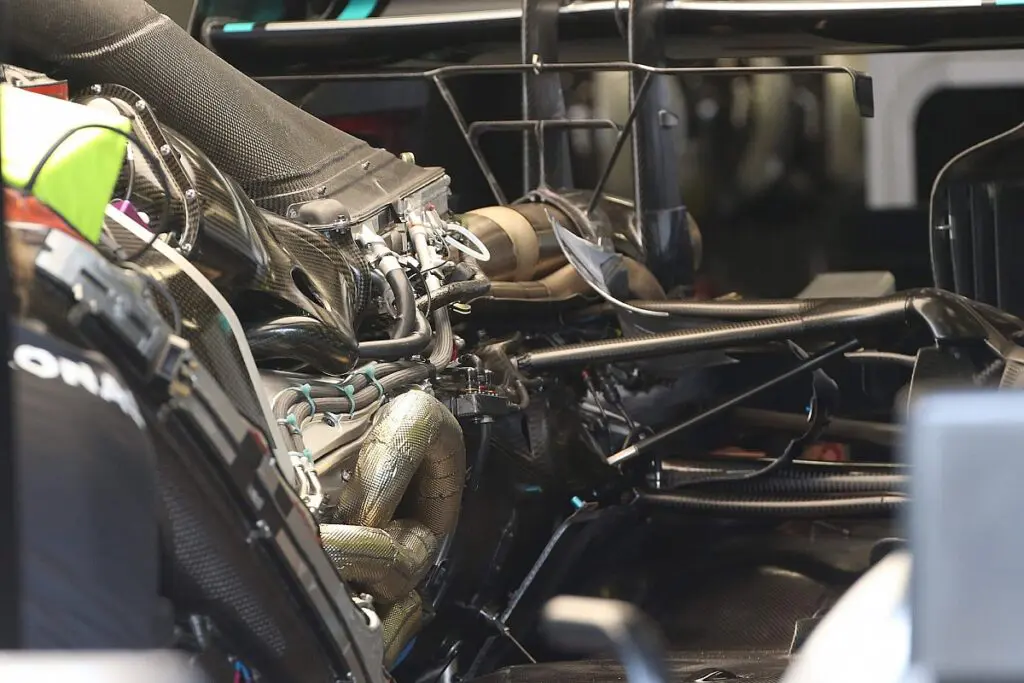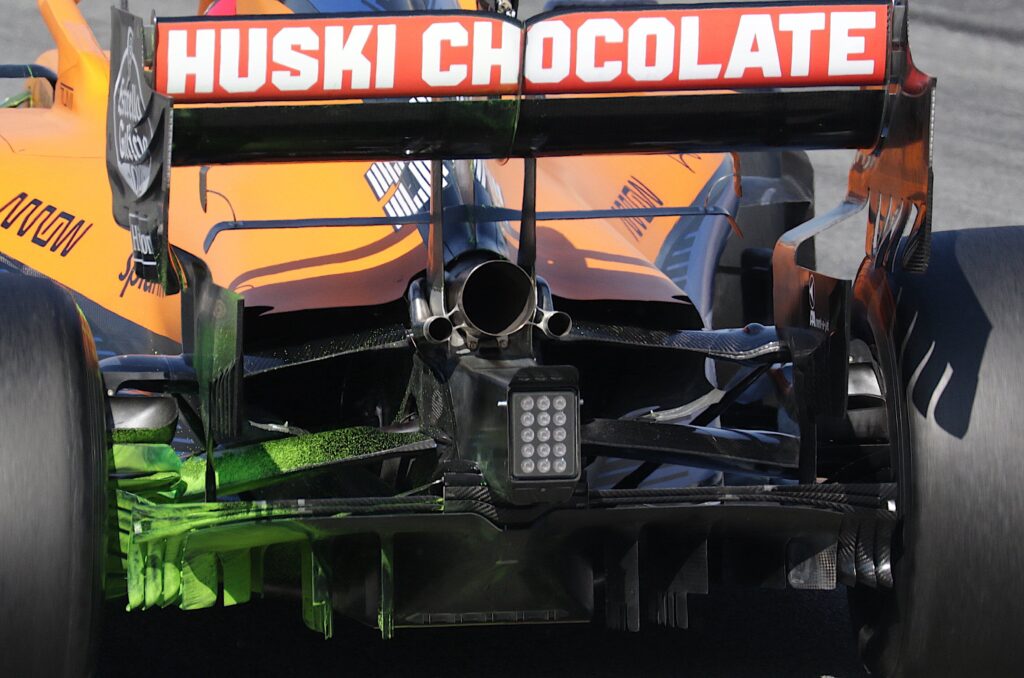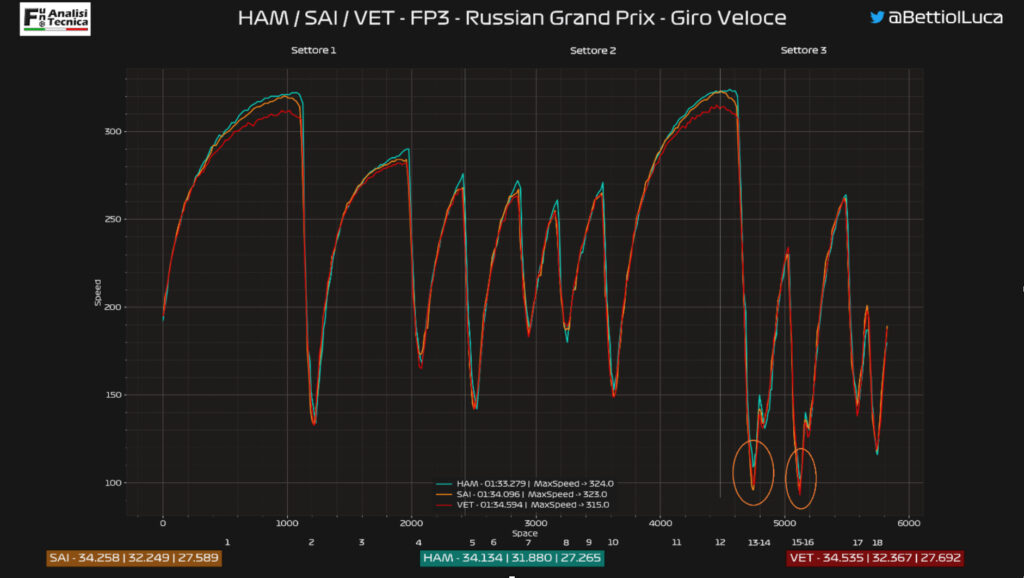McLaren MCL35M, the product of a technical revolution: will it be competitive?
Many changes are affecting the Woking-based team. In fact, on February 15th, the English team will present the 2021 car, powered again by a Mercedes power unit. As we know, in McLaren’s recent history, the drive unit has often been problematic. After the first hybrid generation season, in which it fitted the German engine, the British team decided to focus on Honda’s desire for redemption. It turned out to be a lost bet looking at the results, which led the team to change again in 2018, relying on the Renault engine.
Although during the partnership with the Japanese manufacturer the blame for McLaren’s lack of competitiveness has often been put on Honda, the British team’s theories were not entirely true. And it shows by analyzing the behavior of the British car in the slow areas of the tracks. On circuits like Monte Carlo, for example, a much less power-sensitive track compared to the rest of the calendar, Woking’s car has never adapted well. This proves that even the chassis certainly did not make the difference.

Since last season, on the other hand, we have seen a rather competitive McLaren. The good performance produced was certainly influenced by a revised chassis, capable of guaranteeing truly excellent Pirelli tyre management. By interpreting the Italian company’s 2019-2020 compounds very well, McLaren conceived a car capable of nailing the window in different conditions, thus often managing to extract a lot of performance. We know very well how compounds strongly influence the performance of cars, and although small developments can turn into steps forward on the track, it is always difficult to find the correct working range of the tyre. With these premises, therefore, the expectations for 2021 are very high. Many are convinced that McLaren will take a big step forward with the Mercedes power unit. However, many variables are at stake and there are many problems that could be hidden behind the corner.

Although the International Federation has granted the use of 2 development tokens for each team, drastically reducing the possible interventions on single-seaters, an agreement has been reached for McLaren to facilitate the technicians in the process of adapting the car to the Mercedes engine. Paragraph 22.08.06 speaks clearly, giving the possibility of further modifications, upon communication with the FIA, in the event of a change of supplier or “simple” change of engine architecture.
This allows the team to integrate the new component in the best possible way, thinking that the chassis, the cooling system and part of the car’s electronics must necessarily be revised. As you can easily understand, such a job is certainly not easy and in some way “overturns” the project and approach to work. Firstly, the size of the power unit will be different, which implies shaping the sidepods differently. This fact obviously requires a revision of the aerodynamic package in a fairly delicate area of the car. The flow over those surfaces is directed towards the top of the bottom, an area of crucial importance for generating downforce.

In this regard, for instance, we can recall how in the 2018 season Force India spent several Grands Prix trying to understand the reasons behind an important lack of performance. After several studies, the Silverstone engineers discovered that some of the flow directed over the sidepods was continually “peeling off and on”, creating several balance problems. This fact, in addition to not making the data coincide between the factory and the track, led the drivers to complain a lot about the driving instability suffered at the rear. Precisely for these reasons, it can often be much more complex than one thinks to develop the surfaces of the sidepods, bearing in mind the impact and consequences that their design necessarily have on the car. Another important aspect of the new MCL35M is the redesign of the cooling system. No longer based on Renault power units, it will now have to follow the philosophy dictated by Mercedes. This leads to further changes that could have decisive effects on the aerodynamics. The cooling system outlets are located just above the start of the diffuser and their width partly determines the car’s downforce of the rear.
Fortunately, one factor must have certainly helped the English team in the design phase. Unlike Racing Point (now Aston Martin), McLaren will produce the transmission and gearbox on its own, thus adding more work to the Woking team. However, this factor will give them an important advantage in terms of timing, as Mercedes generally tends to deliver the drawings of these parts rather late to the customer teams and this can cause various complications. In this regard, we remind you how in 2018 Force India had to completely overhaul several components of the suspension with an already-submitted design. From this point of view McLaren will have an advantage and will be able to easily carry on the development of the rear suspension without having to wait for the Anglo-German manufacturer.

Rear suspension that has undergone modifications to try to improve the traction of the car, with the clear aim of completely “remedying” some deficiencies which, however, were evident in the mixed areas of the tracks. In addition, the work of the engineers was focused on raising the downforce level since, on average, the competitiveness of the MCL35 came out strongly on low and medium-low downforce tracks such as Austria. While on high-load tracks such as Great Britain, the papaya-coloured car tended to lag more behind its main rivals such as Racing Point and Renault.
Just to give an idea, taking into consideration some telemetry data collected during free practice 3 of the 2020 Russian GP, the car defended itself quite well in the fast and medium-fast corners of the track. While, as regards the last part of the track, the slower one, the minimum speed that the drivers took in the corners was rather low.

In qualifying, the gap widened and both Ricciardo’s Renault and Perez’s Racing Point finished ahead of Carlos Sainz, the faster McLaren at the end of the session. By analyzing the times of the three sectors, we can notice how in the third (the slowest one) the gap to the Spaniard is over three tenths, while in the first sector Sainz lost just 1 tenth from Hamilton.
In conclusion, we cannot consider the increase in performance a direct implication of the power unit change. As McLaren production manager Piers Thynne recently stated, for 2021 the team faced a big challenge, underlining how the team has basically designed an all-new car. Given the numerous areas of interest listed above, the car had to undergo several tweaks and the changes are quite dramatic. Although McLaren’s expectations are good, confirmation will come only from the track…
Edited by: Niccoló Arnerich – @niccoloarnerich – Alessandro Arcari – @berrageiz
English translation by Beatrice Zamuner – @Zamuner

